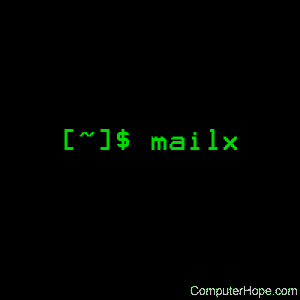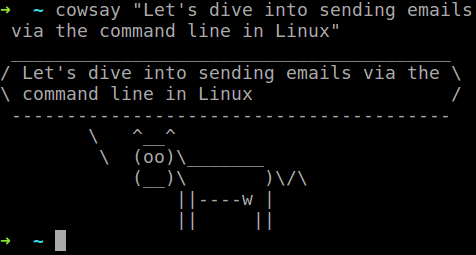

Invoke sendmail with the specified hop count. Print header summaries for all messages and exit. Save the message to send in a file named after the local part of the first recipient's address. The string file is handled as described for the folder command below. Read in the contents of the user's mailbox (or file, if specified) for processing when mailx is quit, it writes undeleted messages back to this file.
:max_bytes(150000):strip_icc():format(webp)/linux-mail-inbox-ebfee53cef2f4c96b9a72ea56ce45ad8.jpg)
This is useful for sending messages from scripts started by cron. If an outgoing message does not contain any text in its first or only message part, do not send it but discard it silently, effectively setting the skipemptybody variable at program startup.

If yes, return an exit status of zero, else, a non-zero value. Unlike -v, this option is intended for development purposes only.Ĭheck if mail is present in the system mailbox. Start in disconnected mode see the description of the disconnected variable option.Įnables debugging messages and disables the actual delivery of messages. list should be a comma-separated list of names. Make standard input and standard output line- buffered. ] -f mailx ] Options -A nameĮxecutes an account command ( see below) for name after the startup files have been read. It is also usable as a mail batch language, both for sending and receiving mail. mailx provides enhanced features for interactive use, such as caching and disconnected operation for IMAP, message threading, scoring, and filtering. It is based on Berkeley Mail 8.1, is intended to provide the functionality of the mail command, and offers extensions for MIME, IMAP, POP3, SMTP, and S/MIME. Mailx is an intelligent mail processing system, which has a command syntax reminiscent of ed with lines replaced by messages.


 0 kommentar(er)
0 kommentar(er)
